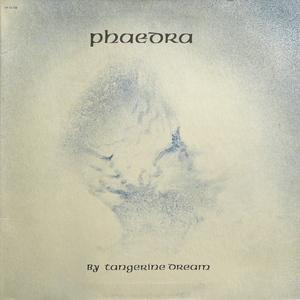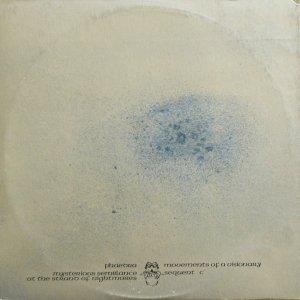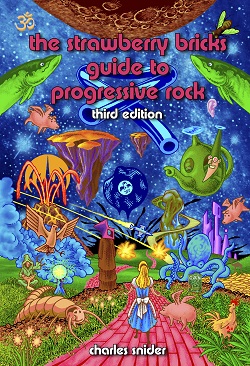Phaedra


Artist:
Tangerine Dream
Label:
Virgin Records America, Inc.
Catalog#:
VR 13-108
Format:
Vinyl
Country:
United States
Released:
1974-03
| Tracklist | |||
| A | Phaedra | 17:42 | |
| B1 | Mysterious Semblance At The Strand Of Nightmares | 9:37 | |
| B2 | Movements Of A Visionary | 7:52 | |
| B3 | Sequent C | 2:15 | |
Credits
Artwork By - Edgar Froese
Engineer - Phil Becque
Keyboards [Mellotron], Electric Bass, Synthesizer [Vcs3], Organ - Edgar Froese
Organ, Electric Piano, Synthesizer [Vcs3], Flute - Peter Baumann
Producer - Edgar Froese
Synthesizer [Moog, Vcs3], Keyboards - Christopher Franke
Notes
Gatefold sleeve.
Recorded in December 1973 at the Manor/Shipton-on-Cherwell.
Strawberry Bricks Entry:
Tangerine Dream had recorded five albums before signing to Richard Branson's fledgling Virgin Records label in 1973. Upon arriving at The Manor Studio in late 1973, their lineup was the classic, triple-keyboard one, with Edgar Froese and Chris Franke complimented by Peter Baumann. Using their sizable advance, the band purchased a Moog modular synthesizer and set out to record Phaedra. Over the course of their previous recordings for the Ohr label, Tangerine Dream created archetypical krautrock; but while their earlier works for Ohr were mostly audio monoliths, the introduction of the arpeggio sequencer here, in what would become the classic trademark of the so-called Berlin School sound, marks the beginning of a new era for the band. "Phaedra," comprising the first side of the album, gurgles and chugs over its 16-plus minutes, and is constantly propelled by Franke's sequenced rhythms. The second side offers three shorter tracks. On "Mysterious Semblance at the Strand of Nightmares," the sinuous and romantic washes of melody hurl forward without rhythm. "Movements of a Visionary" starts otherworldly before descending into a deep sequence; it stands as the new archetypal TD composition. Finally, "Sequent C" closes the album with a lonely Mellotron line, proving that few were as accomplished on the instrument as Froese. He'd go on record claiming that Tangerine Dream never played "electronic" music; in any case, it sure was something original and spectacular. Considering the band had yet to play live in the UK, the album rose to a respectable No. 15 and sold a reputed 100,000 records there. The band's profile had profited from DJ John Peel's naming their previous release Atem his import record of the year, as well as from the influence that Virgin Records was now beginning to exude.

